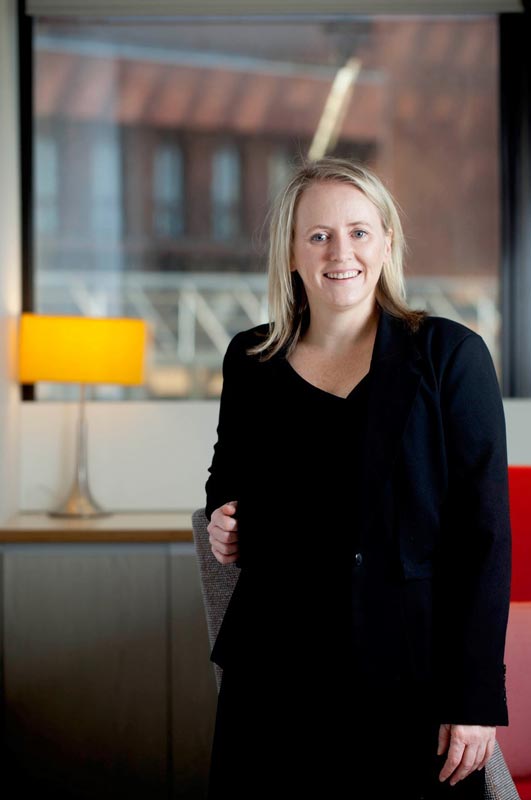You might be interested in
Long Shortz
Long Shortz with AdAlta: Strengthening bonds in the fight against cancer
Health & Biotech
AdAlta and SYNthesis BioVentures collaborate on advanced cell-based cancer immunotherapy
Health & Biotech
News
When a small cap is memorable because it has a female CEO, that is a clear indicator we are still a long way from having enough females in leadership roles.
Earlier in February, Stockhead reported that less than 30 small caps have equal representation of women on their boards – and there’s more than 1700 companies with a market cap of $400m or less.
There is also a shortage of women in leadership positions, be it a CEO or a chair on a board.
So we thought we’d chat to some of the women actually in leadership roles to glean an insight into what their experiences have been like as women in charge.
In the first of our “Women in Leadership” series, Stockhead spoke to Sam Cobb, the CEO of fibrosis treatment researcher AdAlta (ASX:1AD).
Ms Cobb has been the head of AdAlta for nearly 12 years, but she didn’t actively seek out the job.

“I think the first challenge for me was really recognising I probably even had the potential to do the job,” she said.
“I certainly didn’t put myself forward for the job, I waited for someone to tell me that I should’ve applied.”
Ms Cobb believes that is the key differentiator between men and women — not enough confidence in their ability to do a particular job.
“I think that is our nature, that we’re conservative and don’t want to apply for something if we’re not meeting every single criteria, whereas most men will say ‘oh yep I think I can do that job, so I’m going to put my hand up’,” she said.
“We’ve advertised plenty of jobs and no one candidate is ever 100 per cent perfect.”
The health/biotech sector is particularly behind when it comes to bolstering the number of females at the top.
Kelly Quirk, head of Perth-based recruiting firm Harrier Human Capital, told Stockhead earlier in February that a high proportion of females in the health sector are in more ancillary-based roles rather than more senior medical, clinical or leadership roles.
Meanwhile, Ms Cobb said there is definitely more women going into science, but there just isn’t that kind of growth at the top of the career ladder.
“There’s something happening in the middle there that’s not supporting women in growing into these roles,” she said.
“I think it is gradually changing, but it is changing slower I’d say than other industries.”
AdAlta is one of the better performing biotechs when it comes to the number of women it employs — at one stage having a 50/50 split of men and women on its board.
Right now, two of its six directors are women, and Ms Cobb’s position as CEO accounts for 30 per cent of AdAlta’s management team.
On top of that, about 40 per cent of the company’s lab staff are female.
Interestingly though, investors have commented on the fact that Ms Cobb is a woman in a leadership role.
“In the 12 years I’ve been CEO of AdAlta I’ve seen changes around the board room, and presenting to investors — so both sides of the table, but I still do think we’ve got a long way to go,” Ms Cobb said.
“From me presenting to investors, I see very little females on the other side of the table and even get the comment that I’m remembered because I’m female.
“So they’re not seeing many [women] either.”
In the distant past the perception was that men weren’t so fond of women in leadership roles… something about it threatening their manhood.
But what about now?
There seems to be a growing number of men that are actually big advocates of having more women at the top.
“The person that pushed me for the role at AdAlta was a male and I think I would say in the rest of my career it’s probably been 50/50,” Ms Cobb said.
“It’s people who have seen the potential in me and so I think a mentor plays an important role and doesn’t need to be female, it doesn’t need to be a certain sex.
“It can be anyone in your career that really can see the potential in who you are and what you can do.”